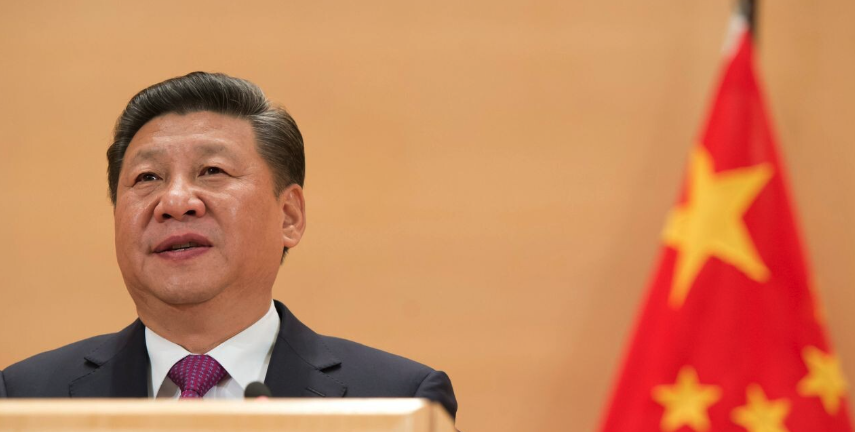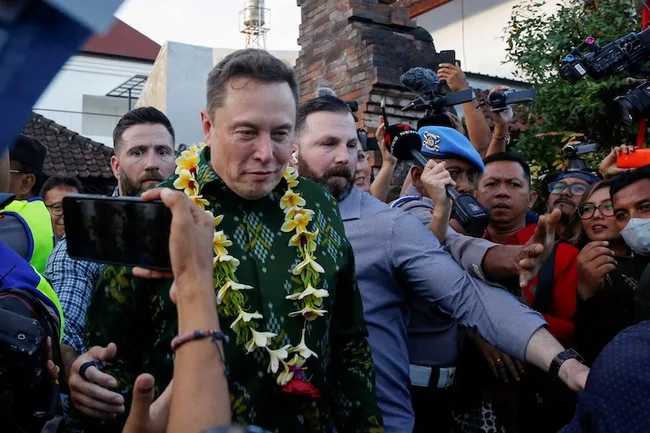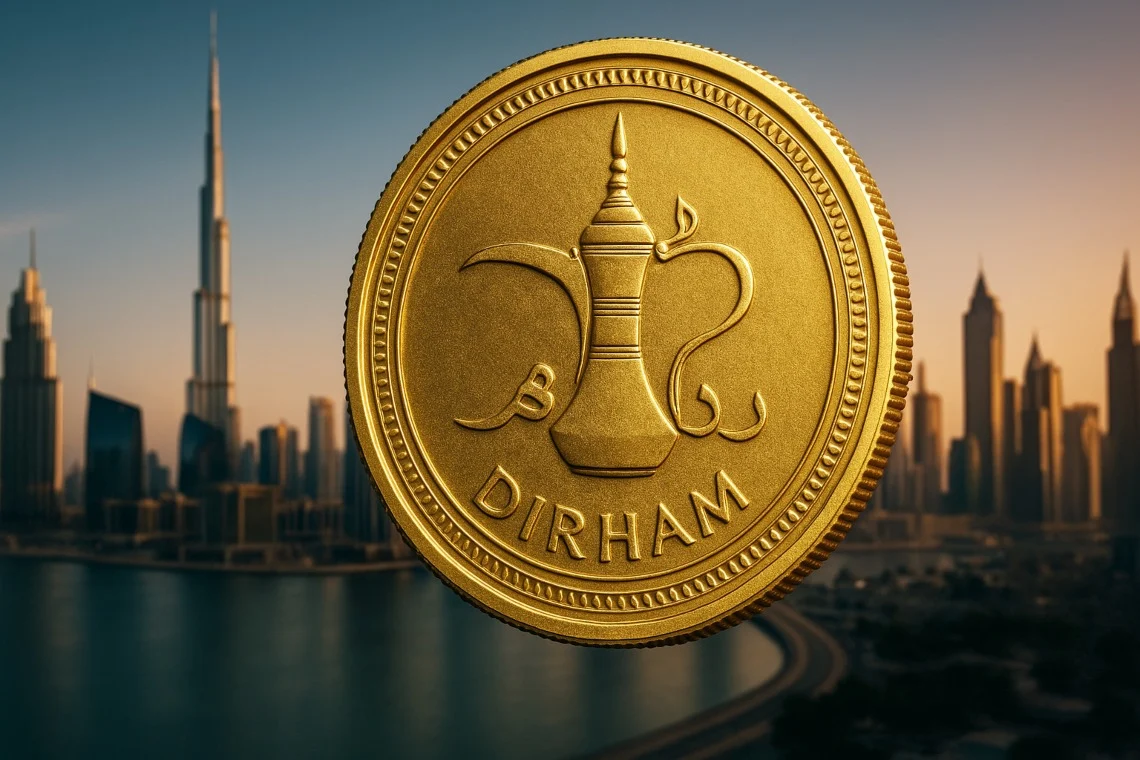The global race for battery dominance is intensifying, and Europe finds itself at a crossroads. Following the rise of Northvolt, the Swedish battery giant, Europe has made significant strides in establishing itself as a key player in the electric vehicle (EV) and energy storage markets. However, the continent now faces a critical decision: deepen its reliance on Chinese supply chains or invest in cutting-edge technologies to carve out a sustainable and independent future.
This article explores Europe’s battery industry trajectory, the challenges posed by China’s dominance, and the potential of emerging technologies to redefine the energy storage landscape.
Europe’s Battery Ambitions: The Northvolt Success Story
Northvolt, founded in 2016, has become a symbol of Europe’s ambitions in the battery sector. With its state-of-the-art gigafactory in Skellefteå, Sweden, Northvolt aims to produce sustainable lithium-ion batteries with a minimal carbon footprint. The company has secured contracts with major automakers like Volkswagen, BMW, and Volvo, positioning itself as a cornerstone of Europe’s green transition.
Northvolt’s success highlights Europe’s potential to compete in the global battery market. However, the continent’s reliance on raw materials, manufacturing expertise, and technology from China remains a significant vulnerability.
China’s Dominance in the Battery Supply Chain
China currently controls a substantial portion of the global battery supply chain, from raw material extraction to cell production. Key factors contributing to China’s dominance include:
- Control Over Critical Raw Materials: China processes the majority of the world’s lithium, cobalt, and graphite, essential for battery production.
- Manufacturing Expertise: Chinese companies like CATL and BYD lead the world in battery manufacturing, offering cost-effective solutions.
- Government Support: China’s strategic investments and subsidies have fueled the growth of its battery industry.
For Europe, reducing dependence on China is not just an economic imperative but also a geopolitical necessity. Overreliance on Chinese supply chains poses risks to Europe’s energy security and its ability to achieve its climate goals.
Europe’s Path Forward: Diversification and Innovation
To secure its position in the global battery market, Europe must pursue a dual strategy: diversifying its supply chains and investing in next-generation technologies.
1. Diversifying Supply Chains
Europe is actively seeking to reduce its reliance on China by:
- Developing Local Raw Material Sources: Projects like the Vulcan Energy Resources initiative in Germany aim to extract lithium from geothermal brine, offering a sustainable alternative to imports.
- Strengthening Partnerships: Collaborating with resource-rich countries in Africa and South America to secure critical minerals.
- Building Domestic Manufacturing Capacity: Expanding gigafactories across Europe to localize battery production.
2. Investing in New Technologies
Innovation is key to Europe’s long-term success. Emerging technologies that could redefine the battery landscape include:
- Solid-State Batteries: Offering higher energy density, faster charging, and improved safety compared to traditional lithium-ion batteries. Companies like QuantumScape and Solid Power are leading the charge.
- Sodium-Ion Batteries: A cost-effective alternative to lithium-ion batteries, sodium-ion technology is gaining traction for stationary energy storage.
- Recycling and Second-Life Applications: Europe is investing in advanced recycling technologies to recover valuable materials from used batteries, reducing the need for virgin resources.
Challenges and Opportunities
While Europe’s battery industry has made significant progress, several challenges remain:
- High Costs: Building a competitive battery industry requires substantial investment in infrastructure, R&D, and workforce training.
- Regulatory Hurdles: Streamlining regulations and securing funding for innovative projects are critical to fostering growth.
- Global Competition: Europe must compete not only with China but also with the United States, which is ramping up its battery production under the Inflation Reduction Act.
Despite these challenges, Europe’s commitment to sustainability and innovation presents unique opportunities. By leveraging its strengths in engineering, renewable energy, and environmental consciousness, Europe can position itself as a leader in the next generation of battery technologies.
The rise of Northvolt has demonstrated Europe’s potential to become a major player in the global battery market. However, the continent’s journey is far from over. To achieve true energy independence and sustainability, Europe must navigate the complexities of its relationship with China while embracing new technological frontiers.
By diversifying supply chains, investing in cutting-edge technologies, and fostering collaboration across industries, Europe can build a resilient and competitive battery industry. The stakes are high, but the rewards—economic growth, energy security, and a greener future—are well worth the effort.
External Links for Further Reading:
- Northvolt Official Website
- CATL: Global Battery Leader
- Vulcan Energy Resources
- QuantumScape: Solid-State Batteries





